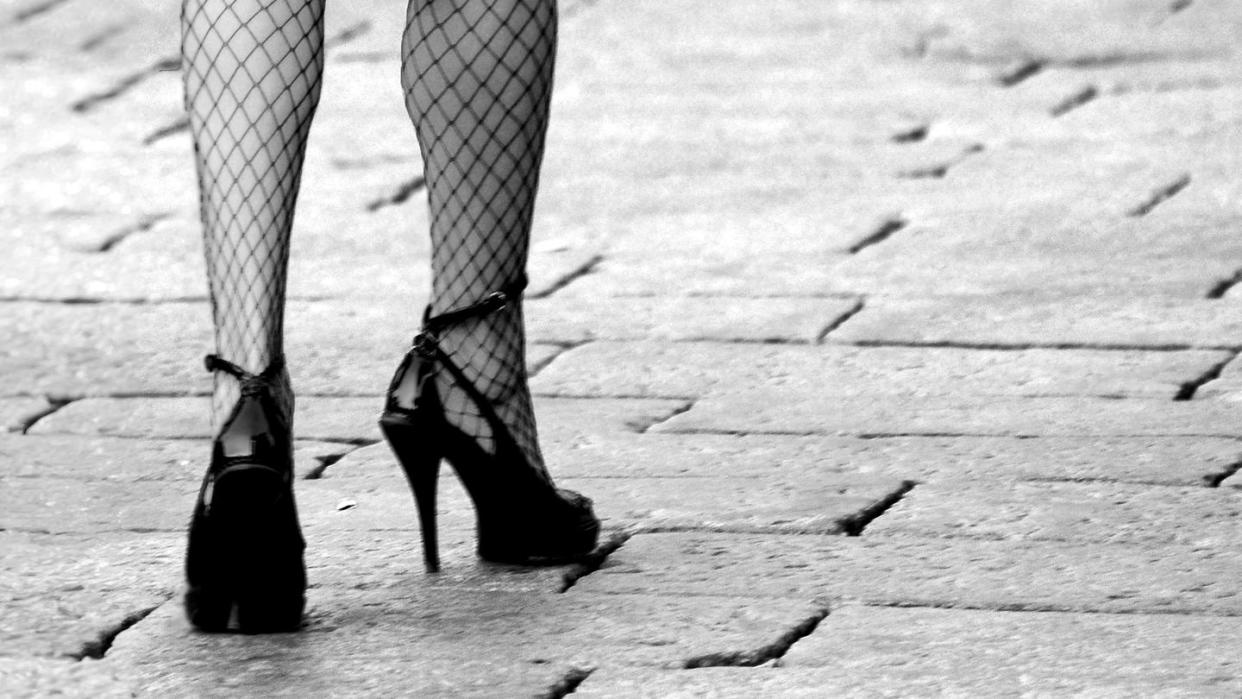The Bourgeoisie and the Rebel: On Finding Pleasure in Pain in Paris's Nightlife

I discovered Paris in my twenties through my Indian godmother, an ex-model who had been a muse of Yves Saint Laurent in the 1980s. Kirat (or qui ne rate rien, as she was known locally: “she who misses nothing”) was exhaustingly social. Her circle of friends consisted of a deposed Georgian prince, a French countess, a Portuguese heiress, and a Charlusian character of ill repute (I’ll call him Umero). It was the last of these who, after he had given up trying to seduce me in the health club of the Ritz, let me into a dark Parisian secret: a BDSM dungeon called Transfert, within spitting distance of Place Vendôme.
It was a strange time in my life. I was spending a semester abroad away from Amherst College, living in a chambre de bonne in the lively 9th Arrondissement. I was closeted, but that summer (of 2001), on a trip through Italy, a Balinese boy had taken my virginity and broken my heart. I have a picture of us at a house the aforementioned countess had rented from Suni Agnelli in Porto Santo Stefano. Kirat stands between us, and on her right, with his tangled mass of black hair and eyes of shiny enamel, is the object of my obsession. I can still smell the Toni & Guy wax in his hair. I don’t know if I had ever felt so young (or so in love) in all my life.
By the time I got to Paris that October, love was gone, and I was left to pick up the pieces. I actively sought to externalize the pain I felt inside through the instruments of torture and self-abasement a place like Transfert had to offer. When Umero first spoke to me of the club, he told me the story of a woman friend, a belle de jour curious about what went on there who had insisted she take him to the male-only establishment. Standing before its black armored door, equipped with the pitiless gaze of a Judas eye, she was refused entry, but she would not take no for an answer. At length, a black leather glove emerged from the sliding window and slapped her face.
“He got sadistic pleasure from a life of depravity,” Marcel Proust writes of the Baron de Charlus in In Search of Lost Time, reveling especially in the mixing of high and low. For me there was no greater thrill than leaving the rallye (a coming-out ball) of some aristocratic debutante and making my way in my “smoking” through the rain-misted streets to the Rue de la Sourdière. The door would buzz open, and I would find myself in a red-lit world of leather harnesses, gags, collars, and the famous carcan, or pillory. The stench of beer and sweat was intoxicating. In between stubble-faced sunburned men in leather trousers, there would be aristocrats and bourgeois stalwarts—a bank manager, a pilot, a teacher, in dress shirt, bow tie, and ball gag—being led around the club on a leash. In its squalor and anonymity, its freedom of touch, Transfert represented everything I loved about being with men. The transactional nature of the sex, the frank economy of desire, the debasement that expunged the loathing within, the great metropolis beyond, like “a whited sepulcher” representing civilization with all its ennui. It was me down to my marrow.
I spent my 21st birthday there, coming straight from the Ritz, where my parents were staying. Paris, more than any city, perfected the idea of the demimonde—a half-world where respectability is sloughed off and one is brought nearer something true and primal. Today there are other places, like Monarch, that answer the same need, but Transfert, now “permanently closed,” Google tells me, was my first—a secret Paris entombed behind a dungeon door that shall never open again.
This story appears in the Summer 2024 issue of Town & Country. SUBSCRIBE NOW
You Might Also Like


